Let’s say you’re in leadership at a small nonprofit. One day, longtime volunteers Alex and Ana pull you aside and tell you they’ve decided to include your organization in their estate plan in the form of a bequest at their death.
You don’t know if they’ve bequeathed $10 or $10 million…but you do know they’ve just admitted that your nonprofit ranks up there with their beloved children in terms of how they’d like to leave a legacy after they’re gone.
Your heart does a little dance, and rightfully so. That’s exactly the kind of reaction we hope nonprofits have every time one of our Legacy Planning Program graduates remembers them in their estate.
Being remembered in an estate is a BIG deal. On one hand, you’ve made it. Alex and Ana hold you in such high esteem that they’ve put a stake in the ground and decided to make one of the most meaningful gifts they can. That’s incredibly personal, and it’s worth celebrating. But on the other hand, your work is just getting started! Bequests are always revocable, or changeable. So as legacy donors—those who’ve remembered your nonprofit in some way through their estate—they’ll need your intentional communication and involvement to keep and grow their loyalty and excitement about what you’re about and where you’re headed.
Here are some ideas to help maintain relationships, build loyalty, and keep generosity top-of-mind for legacy/estate donors like them:
Create Community
Consider launching a legacy-related group at your organization. Plan an annual banquet or a casual monthly breakfast where legacy donors get an insider scoop on what’s new and exciting. Giving tangible, relationship-centered acknowledgement of their long-term intentions will encourage other donors to let you know if you’ve been included in their estate plan. And it’ll build camaraderie and excitement among your most loyal and like-minded supporters!
Educate, Educate, Educate
Talk about IRA rollovers at year-end. Bring up donor-advised funds as part of your capital campaign. And when a legacy gift—like the one coming someday from Alex and Ana—makes a project or program possible, be sure to mention it! The more you weave planned giving into your messaging, the more your organization will come to mind when other families are considering their philanthropic and legacy goals. Alex and Ana, and others like them, will be reassured that you’re keeping an eye out for your donors, using gifts well, and being mindful of your long-term sustainability. Even though their gift might not happen for decades, building a donor-centric ethos and financial sustainability will instill confidence that their gift will make a real difference.
Finish that Gift Acceptance Policy
Alex and Ana will want to know that you have a plan in place for accepting major gifts. No matter who’s in leadership down the road, or what’s happening in the world, a policy will articulate your organization’s priorities and eliminate tension around how gifts should be used. Don’t have one? Here’s a blog post about creating a gift acceptance policy, or let us know if we can help you draft one!
Say Thanks
At a minimum, donors receive tax receipts annually for their gifts…but those are pretty transactional. And a legacy gift won’t get receipted until the donors pass away…which could be decades away! Consider getting a little more personal and heartfelt, by writing hand-written notes to new donors or those who increase their giving. Send a fun, photo-filled surprise after a donor-funded project is completed. And be sure to keep families feeling celebrated and informed when legacy gifts do come in. The more in-the-loop your donors and their loved ones feel during life, the more likely they are to continue or increase their giving now and through their estate.
Check In & Check Up
Whether or not you’ve offered our program in the past, consider offering your legacy donors quick consultations with a Apex counselor annually, every five years, etc. Because your donors’ plans are already created, these meetings will go quickly but provide invaluable peace of mind that their plans are still current—or direction if they’re not! If the fundraising priorities of your organization change, national tax laws change, or other major shifts happen in the planned giving world, that’s another great time to consider offering this resource.
